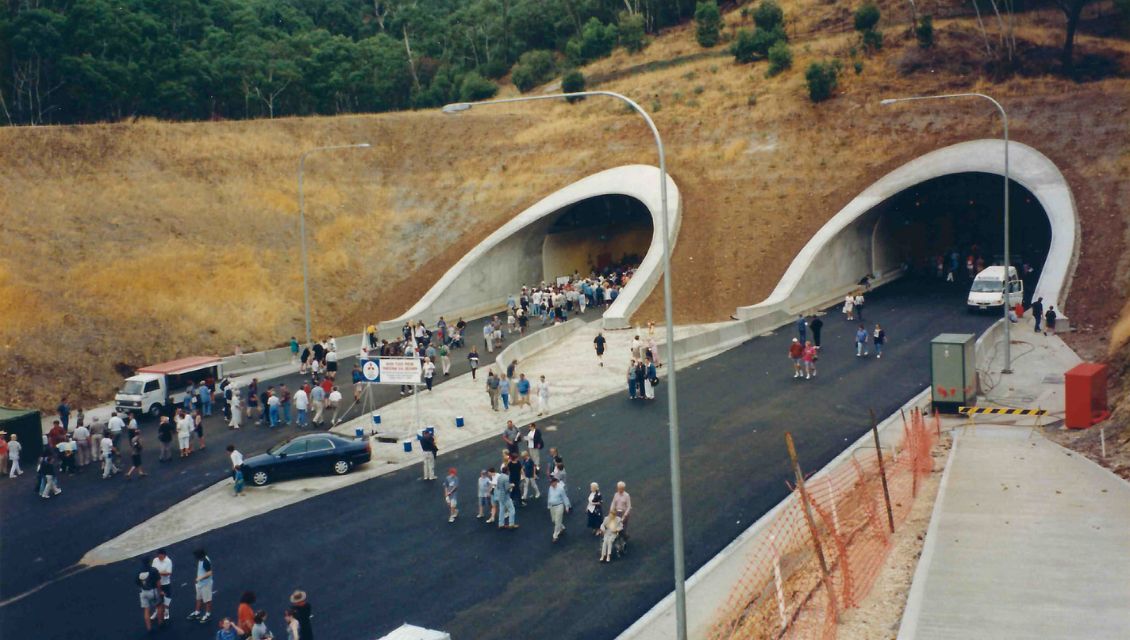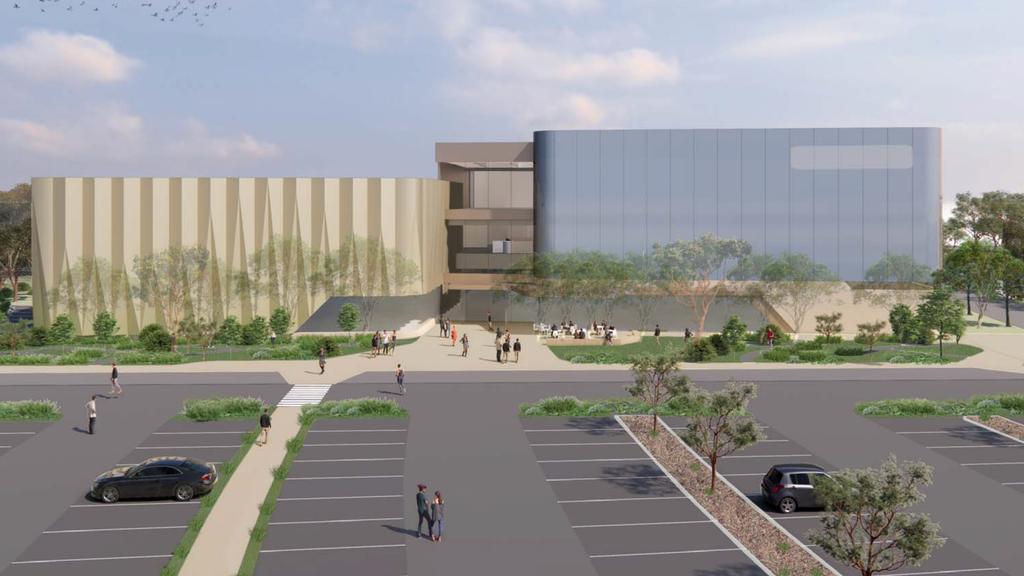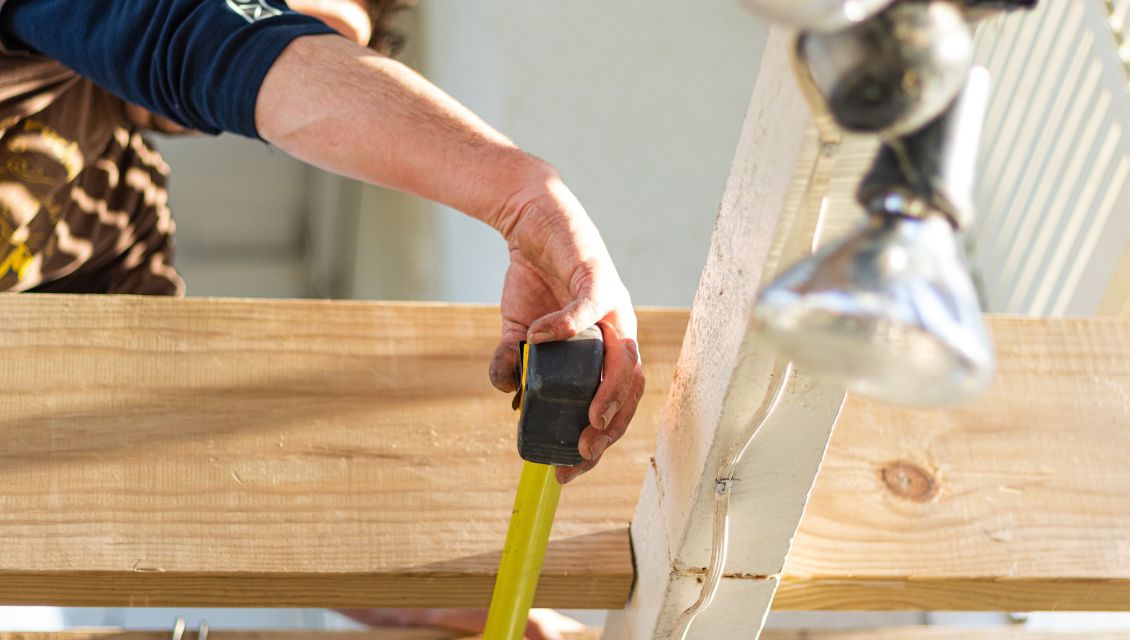
South Australian motorists will soon need to reduce their speed to 25km/h when travelling past stationary tow trucks, vans and other breakdown services vehicles which are stopped at the roadside and displaying flashing amber lights.
The new law comes into effect on 19 May, and a State Government education campaign is calling on drivers to “slow down for a breakdown” to better protect roadside service workers.
The reduced speed limit will also apply when passing bollards or cones that have been set up around a vehicle by a breakdown services worker.
The education campaign urges drivers to slow down when passing a breakdown scene so that roadside workers, stricken motorists and passengers can get safely back on the road.
The 25km/h speed limit will not apply to drivers if the stationary breakdown services vehicle is on the opposite side of the road they are travelling.
The new law is an extension of the existing 25km/h speed limit in place to protect stationary school buses that have stopped to set down or pick up children, and frontline volunteers and emergency services workers with vehicles displaying flashing blue or red lights as they respond to incidents roadside.
RAA Senior Manager Safety and Infrastructure Charles Mountain welcomed the new legislation.
"You can’t choose where you breakdown – often it’s on a busy main road or near a precarious intersection – and our patrols and tow truck drivers are often helping vulnerable road users," Mr Mountain said.
 "Whether that’s the elderly, a parent with children or any other person stranded at the roadside – it’s not safe for anyone to have cars flying past too fast.
"Whether that’s the elderly, a parent with children or any other person stranded at the roadside – it’s not safe for anyone to have cars flying past too fast.
"By slowing down for yellow, it will ensure we’re all helping to protect the people they are helping."
Australian Manufacturing Workers Union Acting State Secretary Stuart Gordon said the new law was designed to save lives.
"Roadside patrol workers work in inclement weather with traffic going in their direction at speeds up to 110 km/h, putting their lives at risk while assisting others," Mr Gordon said.
"Union members at RAA applaud the decision to slow down to 25 after decades of campaigning for safety by the AMWU."
The change comes as the State Government pleads with people to be safer on our roads as National Road Safety Week begins.
Already this year 29 lives have been lost on our roads.
The State Government has released a new Road Safety Action Plan to reduce lives lost by 50 per cent and serious injuries by 30 per cent by 2031.
This includes the introduction of 40km/h speed limits near some schools, particularly on busy arterial roads, to enhance road safety for children, with these to be progressively implemented from mid-2025.
Another key prevention measure has been the introduction of mobile phone detection cameras to reduce road trauma caused by driver distraction.
Latest data shows the mobile phone detection cameras have been effective, with the number of drivers caught using their mobile phone dropping by 86 per cent at locations where cameras have been introduced.
National Road Safety Week, which runs from 11-18 May, SA Police will this year focus on dangerous road use offences including following too close, disobeying traffic lights and dangerously changing lanes.
SA Police Traffic Services Branch Officer in Charge Superintendent Shane Johnson said SAPOL did its part every day in, “making roads across Australia safe - and we urge all road users to do the same”.
“Throughout National Road Safety Week, police will conduct Operation Danger, which targets easily avoidable offences and if drivers obey them, they’re less likely to cause a crash,” Supt. Johnson said.
“Road users should simply make safe road choices and drive to survive.
“Give each other space between vehicles, check your blind spots and slow down as you approach intersection.”






